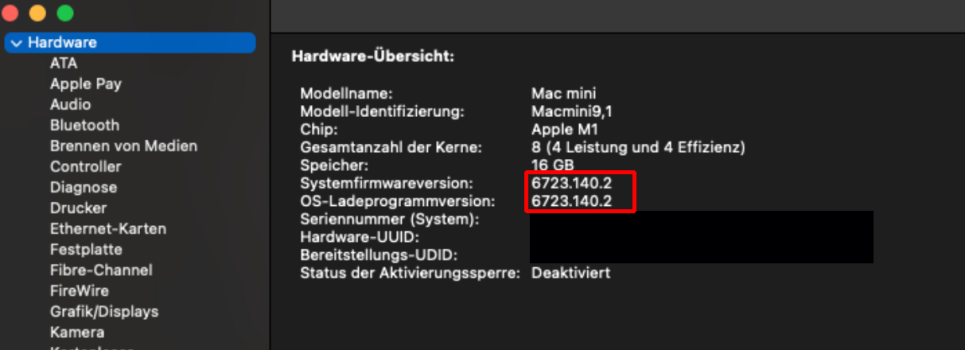I'm trying to install macOS Monterey to a 1TB external USB-C flash drive, but nothing I do seems to work.
First, I downloaded the macOS Monterey installer( latest )via the Appstore/Software Update. That failed to verify the installer, so I trashed the installer and re-downloaded it. Then I opened the installer and chose the USB flash drive as the install location, it copied over all the files and rebooted. That got me stuck in a reboot loop for hours( I feel asleep ). When I woke up I think the Mac had booted in recovery mode.
Next, I tried the createinstallmedia command to a partition( 20GB ) on the USB drive with the rest of the drive partitioned APFS for the install. It booted from the USB drive and I started the install, but at the very end( after a few hours ) of the install it says the installer is corrupt. I rebooted and erased the APFS partition and ran the installer again, same error.
Last, I completely erased the USB drive with only one partition( APFS ) and booted in Recovery Mode and chose to reinstall the macOS with the USB drive as the destination. After many hours of downloading the installer and installing to the drive it rebooted and got stuck in another reboot loop.
So what am I missing, how can I install and boot the macOS from an external drive on the 2022 M2 MacBook Pro 13"?
First, I downloaded the macOS Monterey installer( latest )via the Appstore/Software Update. That failed to verify the installer, so I trashed the installer and re-downloaded it. Then I opened the installer and chose the USB flash drive as the install location, it copied over all the files and rebooted. That got me stuck in a reboot loop for hours( I feel asleep ). When I woke up I think the Mac had booted in recovery mode.
Next, I tried the createinstallmedia command to a partition( 20GB ) on the USB drive with the rest of the drive partitioned APFS for the install. It booted from the USB drive and I started the install, but at the very end( after a few hours ) of the install it says the installer is corrupt. I rebooted and erased the APFS partition and ran the installer again, same error.
Last, I completely erased the USB drive with only one partition( APFS ) and booted in Recovery Mode and chose to reinstall the macOS with the USB drive as the destination. After many hours of downloading the installer and installing to the drive it rebooted and got stuck in another reboot loop.
So what am I missing, how can I install and boot the macOS from an external drive on the 2022 M2 MacBook Pro 13"?



